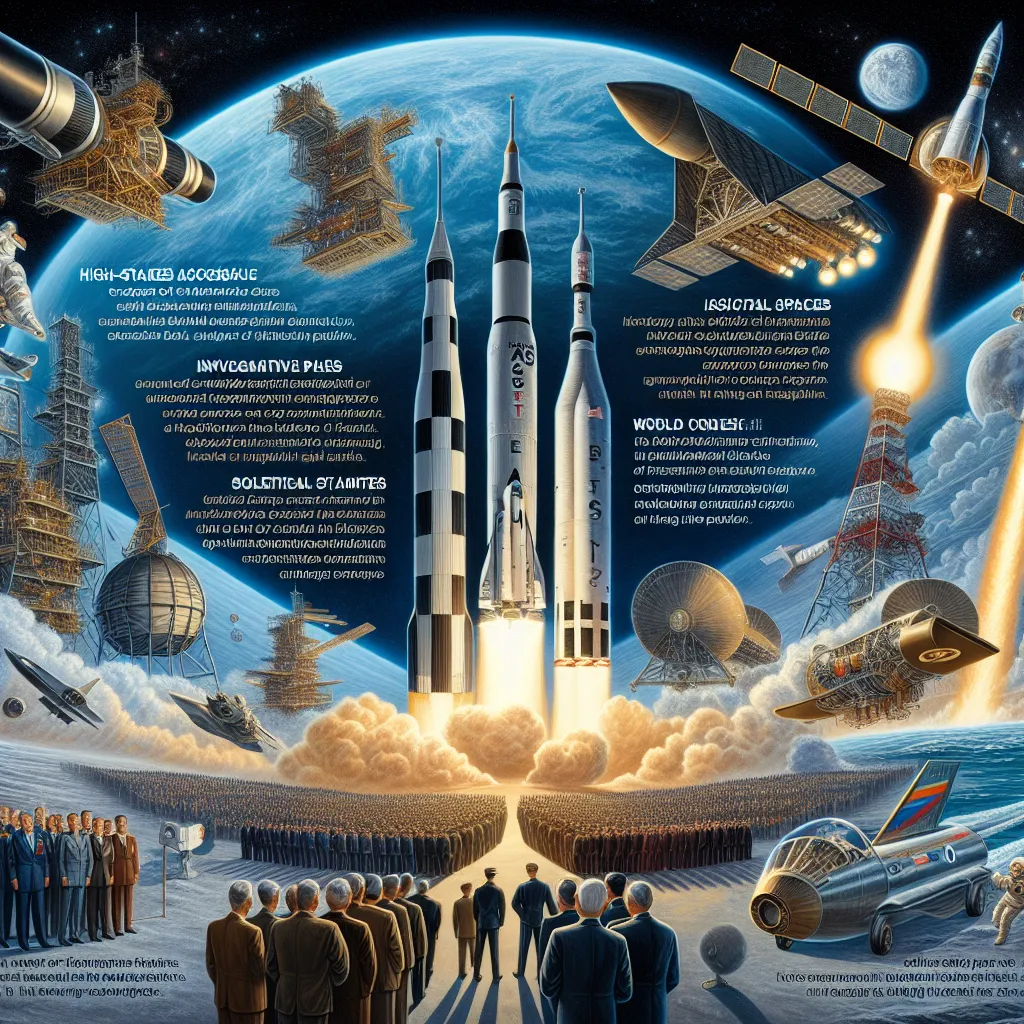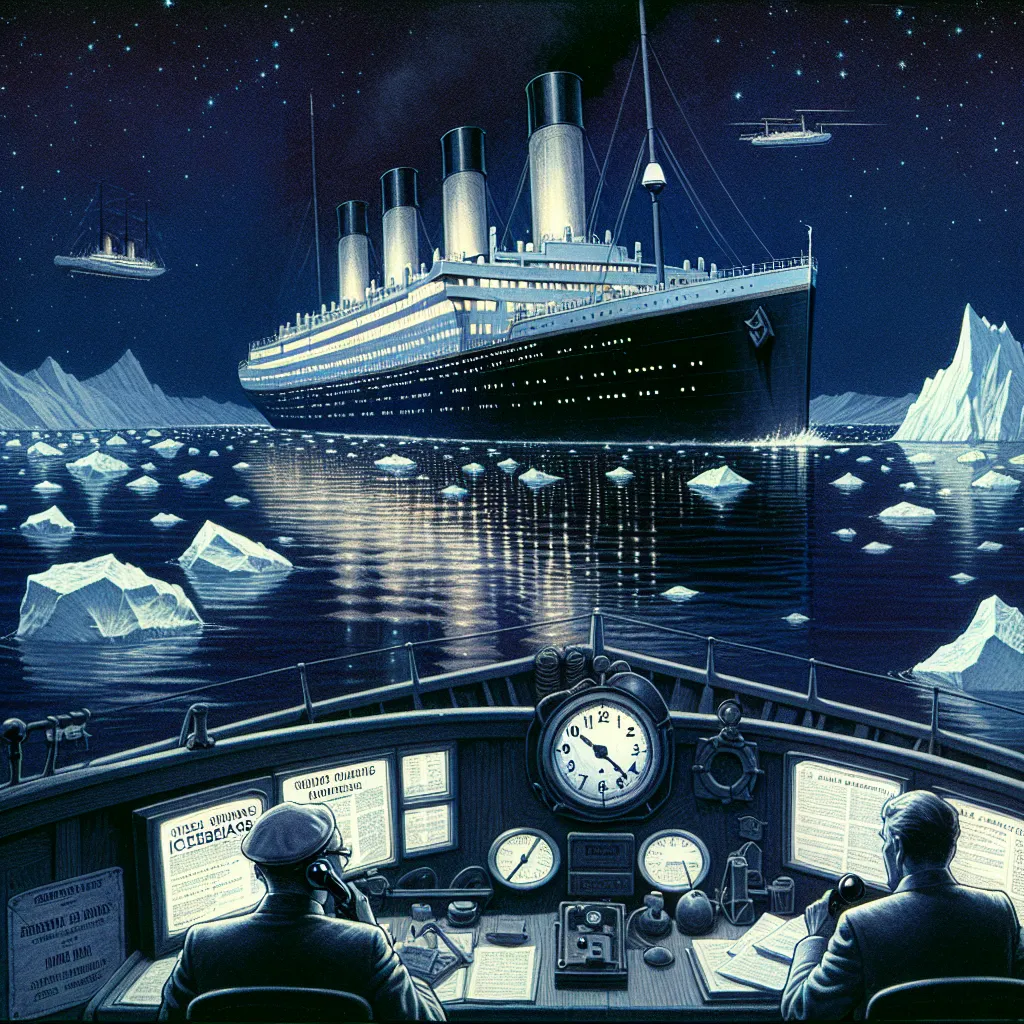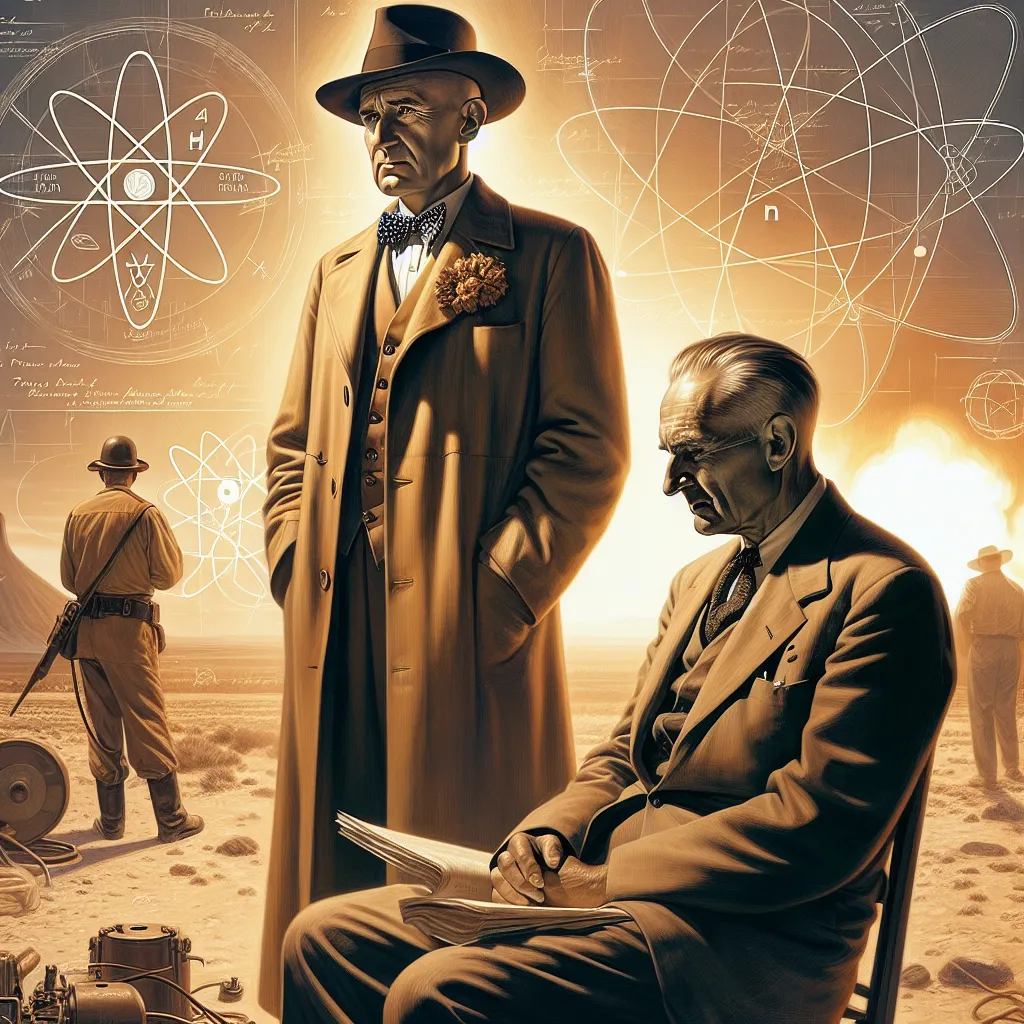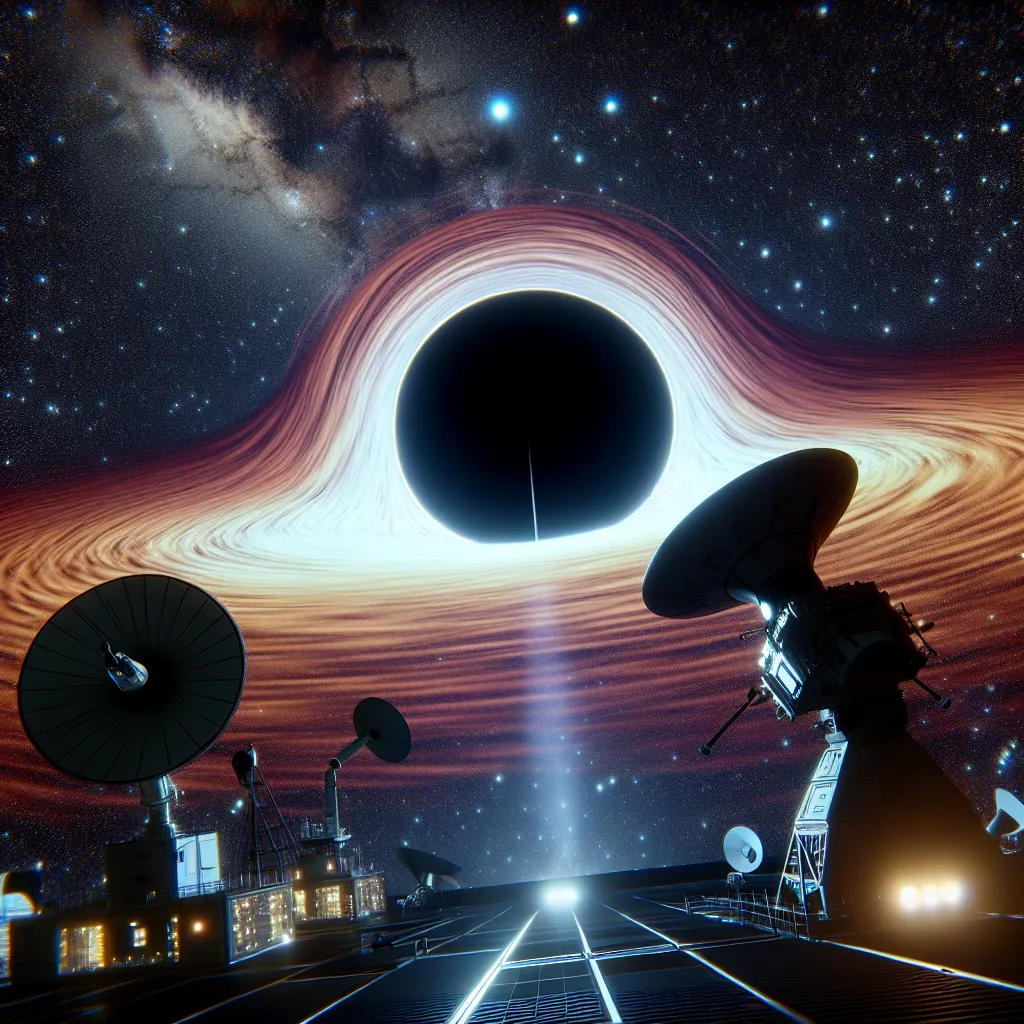When the engines roared to life that day, the space race wasn’t just about exploring the final frontier—it was born from war and rivalry between two superpowers: the United States and the Soviet Union. Both nations were initially intent on creating devastating weapons. This race for supremacy pushed humanity to the brink of space exploration.
In the chaotic aftermath of World War II, American and Soviet forces scrambled to seize Germany’s renowned V2 rocket technology. The V2 was not just a long-range weapon; it was the first human-made object capable of reaching the edge of space. This immense technological leap drew the attention of both America and the Soviets, but the true prize was Werner von Braun, the brilliant mind behind the V2.
Von Braun, despite his Nazi associations, was primarily driven by his dream of making humans a space-faring species. His vision wasn’t about war but about breaking the bonds of Earth and exploring other worlds. Though morally questionable, Von Braun’s collaboration with the Nazis allowed him to pursue his passion for rocketry extensively. Once the war ended, it was America that successfully managed to secure von Braun and his team.
Meanwhile, the Soviets weren’t far behind. Led by Sergey Korolev, who shared a similar passion for space, they dug up remnants of German rocket technology and began developing their version, eventually leading to their own innovations.
The race was fierce. Both nations worked tirelessly to refine rocket designs and extend their capabilities. The Soviets struck first, creating a rocket powerful enough to carry a nuclear payload across continents early in the Cold War. This achievement, highlighted by Sputnik’s launch, not only marked the first artificial satellite to orbit Earth but also escalated the competition to new heights.
In America, von Braun experienced years of frustration as he was initially sidelined due to political issues surrounding his Nazi past. But an unexpected ally emerged—Walt Disney. Through a collaboration with Disney, von Braun managed to capture the public’s imagination and rekindle interest in space travel. His work with Disney demonstrated the potential for human space exploration to millions of Americans.
Finally, when the Vanguard satellite exploded on its launch pad in a humiliating failure, President Eisenhower had no choice but to turn to von Braun. Seizing this opportunity, von Braun led the U.S. to its first successful satellite launch with Explorer 1, ensuring America was firmly in the space race. But the Soviets continuously overshadowed American efforts, first by putting Yuri Gagarin into orbit.
In response, President Kennedy raised the stakes, challenging America to land a man on the moon within the decade. This monumental goal galvanized the nation’s efforts. Von Braun, now free to chase his dreams, began working on the mighty Saturn V rocket, designed to propel Americans to the moon. At the same time, young engineer Tom Kelly proposed an innovative approach to lunar landing, emphasizing lunar orbit rendezvous over von Braun’s more cumbersome designs.
The space race culminated on July 20, 1969, when Neil Armstrong took his legendary first steps on the moon. It was a global event that united humanity in a shared moment of achievement. Successfully returning from the moon cemented America’s lead in space exploration.
Von Braun’s later years were spent fostering the next generation of space enthusiasts and promoting further space exploration initiatives. While the ensuing decades would see continued rivalry between the U.S. and the Soviet Union, there were moments of collaboration, such as the creation of the International Space Station in 1998.
The era of the space race transformed our understanding of the universe and marked the beginning of humanity’s journey into the cosmos. It was an exciting time where dreams once thought impossible became a reality, setting the stage for the endless possibilities of space exploration.






